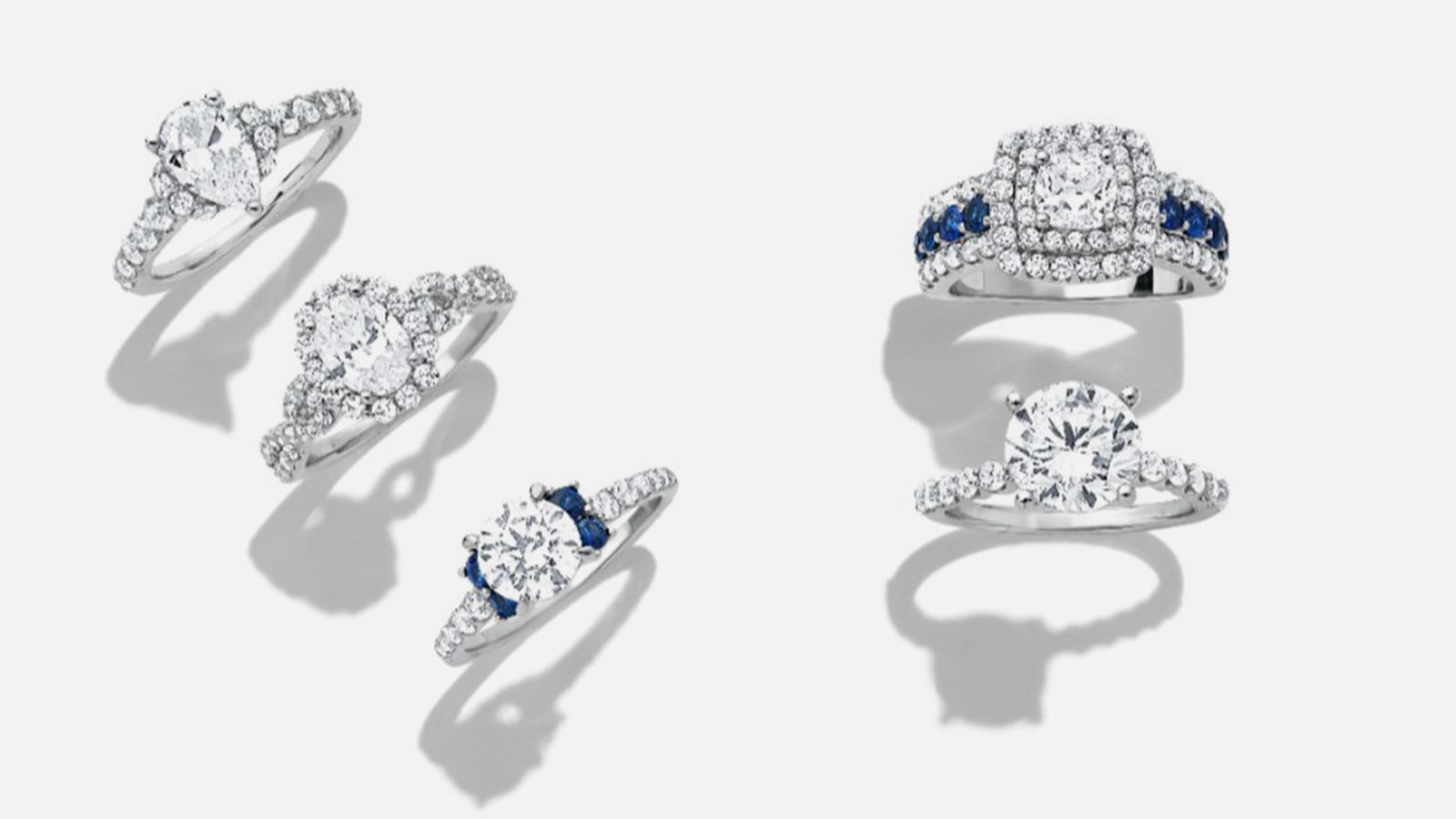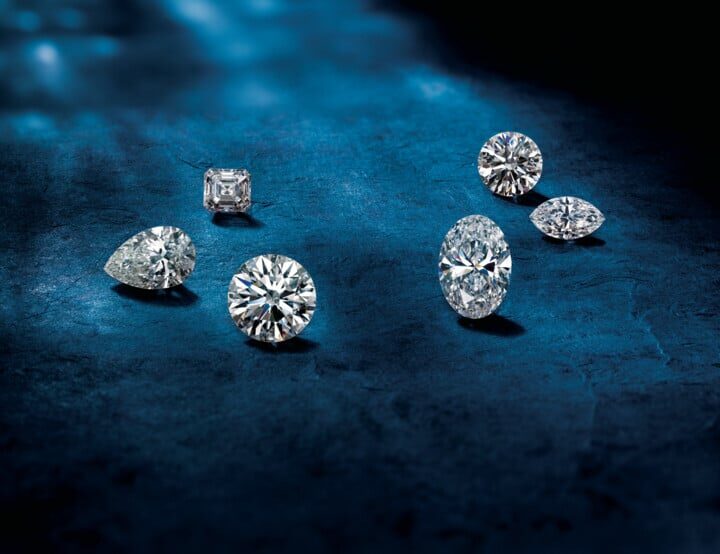Introduction to 4Cs Lab Diamonds
In recent years, lab-grown diamonds have emerged as a popular alternative to mined diamonds, offering a sustainable and ethically sound choice for consumers. Understanding the 4Cs—Carat Weight, Cut Quality, Color Grading, and Clarity Grading—is crucial for anyone considering purchasing these gems. Let’s delve into each of these factors to uncover what makes 4Cs lab diamonds a compelling option.
Understanding the 4Cs
Carat Weight
When we talk about diamonds, carat weight often comes first to mind. Carat refers to the weight of the diamond, with one carat equaling 200 milligrams. In the context of lab diamonds, the carat weight directly influences both the price and appearance of the gem. Larger carat weights are rarer and thus more valuable, but the beauty of lab diamonds lies in their affordability compared to natural counterparts.
Cut Quality
The cut of a diamond impacts its brilliance and sparkle. A well-cut diamond reflects light internally and disperses it through its crown, creating a dazzling display. Lab diamonds are known for their precise cuts, which can range from excellent to poor. Opting for a higher cut grade ensures maximum brilliance, making it a critical factor in choosing the perfect lab diamond.
Color Grading
Unlike natural diamonds, lab-grown diamonds exhibit minimal to no color. They are categorized on a scale from D (colorless) to Z (light yellow or brown). Colorless diamonds (D-F grades) are the most desirable and valuable, closely followed by near-colorless (G-J grades). The absence of color in lab diamonds enhances their beauty and makes them a preferred choice for jewelry enthusiasts.
Clarity Grading
Clarity refers to the presence of internal and external characteristics, known as inclusions and blemishes, respectively. Lab diamonds typically have fewer inclusions compared to natural diamonds, resulting in higher clarity grades. The clarity scale ranges from Flawless (no imperfections visible under 10x magnification) to Included (imperfections visible to the naked eye). Choosing a diamond with minimal inclusions ensures a clearer and more brilliant appearance.
Benefits of 4Cs Lab Diamonds
In addition to their quality and beauty, lab diamonds offer several distinct advantages. They are produced sustainably in controlled environments, significantly reducing the environmental impact associated with mining. Furthermore, lab-grown diamonds are priced lower than natural diamonds of similar quality, making luxury more accessible without compromising on aesthetics.
Buying Guide for 4Cs Lab Diamonds
Before purchasing a lab-grown diamond, consider factors such as the 4Cs, your budget, and where to buy. Reputable jewelers and online retailers offer a wide selection of lab diamonds, each accompanied by detailed certification outlining its 4Cs characteristics. Set a realistic budget based on your preferences and explore different options to find the perfect lab diamond that meets your criteria.
Comparing Lab Diamonds vs. Natural Diamonds
Lab-grown diamonds are virtually identical to natural diamonds in terms of physical and chemical properties. However, they are more affordable and ethically sourced, making them a preferred choice for conscientious consumers. Natural diamonds, while inherently valuable, come with ethical concerns related to mining practices and environmental impact, highlighting the benefits of choosing lab-grown alternatives.
Popular Myths about Lab Diamonds
Despite their rising popularity, lab-grown diamonds are often subject to misconceptions. One common myth is that lab diamonds are synthetic and of inferior quality. In reality, lab diamonds exhibit the same brilliance and durability as natural diamonds, backed by rigorous grading standards and certifications. Debunking these myths helps consumers make informed decisions based on facts rather than misinformation.
Future Trends in Lab Diamonds
As technology advances, the popularity of lab made diamonds continues to grow. Consumers are increasingly drawn to sustainable and ethically produced gems, driving innovation in lab diamond production. The future promises further improvements in quality and availability, solidifying lab diamonds’ position as a desirable choice in the jewelry market.
Conclusion
4Cs lab diamonds represent a modern approach to luxury, combining beauty with sustainability and affordability. Understanding the nuances of carat weight, cut quality, color grading, and clarity grading empowers consumers to choose lab diamonds that align with their values and preferences. Whether for an engagement ring, a gift, or personal adornment, lab diamonds offer a brilliant alternative to mined gems without compromise.








